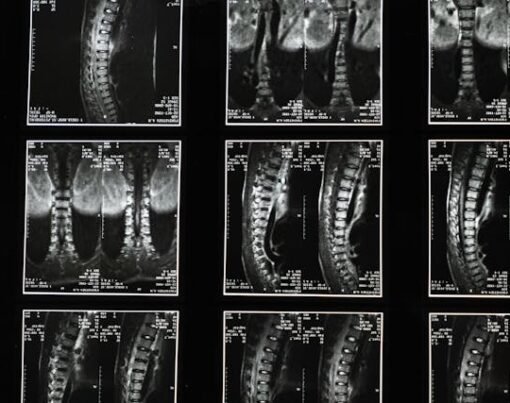According to recent studies, misdiagnosis is a major problem in the healthcare industry. It is estimated that 5-20% of all medical cases are misdiagnosed, which can result in serious consequences for patients. Misdiagnosis occurs when a patient’s symptoms are incorrectly identified or interpreted, leading to an incorrect diagnosis and treatment plan.
One contributing factor to misdiagnosis is the complexity of modern healthcare systems. With advances in technology and an abundance of medical information available, doctors are often faced with a large amount of data to analyze to make a diagnosis. This can be overwhelming and increase the chances of errors. Chadwick Robertson Pharmacist will dive deeply into some of the most commonly misdiagnosed health conditions.
Table of Contents
Fibromyalgia
Fibromyalgia is a chronic pain disorder that affects approximately 4 million adults in the United States. It is characterized by widespread musculoskeletal pain and fatigue, as well as other symptoms such as sleep disturbances, cognitive difficulties, and mood disorders. However, fibromyalgia is often misdiagnosed as other conditions, such as arthritis or depression, due to its overlapping symptoms.
The lack of a specific diagnostic test for fibromyalgia also contributes to misdiagnosis. Instead, doctors rely on clinical assessments and rule out other potential causes of the patient’s symptoms. This can lead to delays in diagnosis and incorrect treatment plans, causing further frustration for patients who are already dealing with chronic pain.
Celiac Disease
Celiac disease is an autoimmune disorder in which the body’s immune system reacts to gluten, a protein found in wheat, rye, and barley. It is estimated that 1 in 100 people worldwide have celiac disease, but many go undiagnosed or misdiagnosed.
The symptoms of celiac disease can vary widely and may include digestive issues, anemia, fatigue, and joint pain. However, these symptoms can also be attributed to other conditions, such as irritable bowel syndrome or lactose intolerance. As a result, celiac disease is often overlooked and not considered as a potential cause of the patient’s symptoms.
Endometriosis
Endometriosis is a common gynecological condition that occurs when the tissue lining the uterus grows outside of it, causing pain and discomfort. It is estimated that 1 in 10 women of reproductive age have endometriosis, but it can take an average of 7-10 years to receive a proper diagnosis.
The symptoms of endometriosis can be similar to other conditions, such as pelvic inflammatory disease or ovarian cysts, leading to misdiagnosis. Additionally, many women are told that their pain is just “normal” menstrual cramps and are dismissed by healthcare providers. This lack of awareness and understanding of endometriosis contributes to its misdiagnosis and delayed treatment.
Lyme Disease
Lyme disease is a bacterial infection transmitted to humans through the bite of an infected tick. It is estimated that approximately 300,000 people are diagnosed with Lyme disease in the United States each year, making it one of the most commonly reported vector-borne illnesses.
Lyme disease symptoms can vary and may include fever, fatigue, joint pain, and a characteristic “bull’s eye” rash. However, these symptoms can also be attributed to the flu or arthritis. As a result, Lyme disease is often misdiagnosed or not considered as a potential cause of the patient’s symptoms.
Mental Health Disorders
Mental health disorders such as depression, anxiety, and bipolar disorder are often misdiagnosed or not diagnosed at all. This can be due to the stigma surrounding mental health and the lack of understanding among healthcare providers.
In addition, mental health symptoms can overlap with physical symptoms, making it difficult for doctors to differentiate between a psychological issue and an underlying medical condition. This can lead to patients receiving inappropriate treatment or no treatment at all for their mental health needs.
Final Thoughts
Chadwick Robertson Pharmacist considers that misdiagnosis can have serious consequences for patients and can lead to unnecessary treatments, prolonged suffering, and even death. Healthcare providers must be aware of commonly misdiagnosed conditions and ensure thorough evaluations are conducted to prevent errors. So, it is important to raise awareness about these frequently overlooked health challenges and continue researching ways to prevent misdiagnosis in the future.










